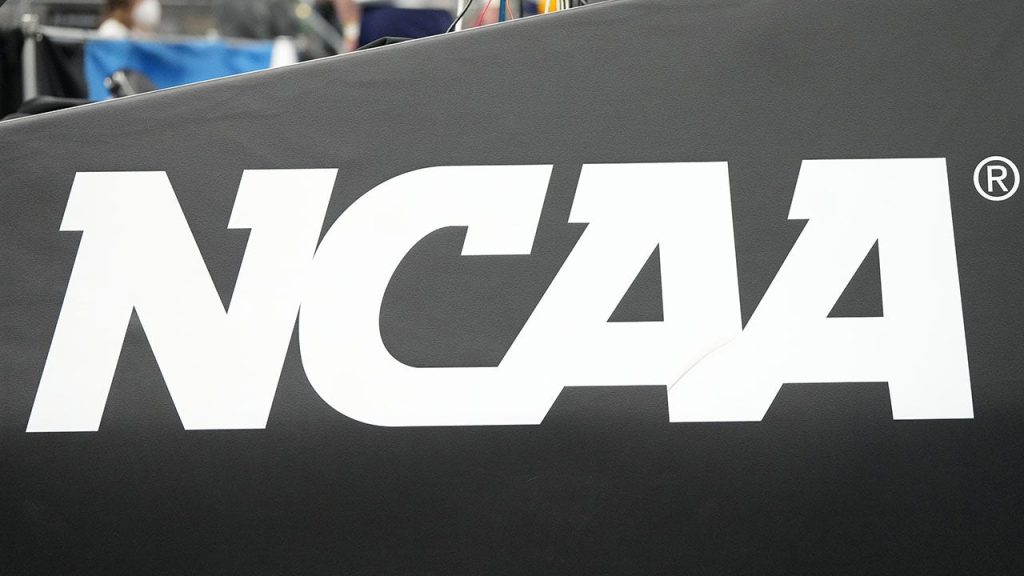The NCAA has made history by agreeing to allow the five power conferences to directly pay players in college sports. This decision comes as part of a multibillion-dollar agreement to settle three pending federal antitrust cases. The organization has agreed to pay over $2.7 billion in damages over 10 years to past and current athletes. Additionally, there is a revenue-sharing plan that would enable each school to share up to $20 million per year with athletes. This groundbreaking development marks a significant shift in how college athletes are compensated and could have far-reaching implications for the world of college sports.
The agreement between the NCAA and the power conferences represents a pivotal moment in college sports. This new arrangement allows athletes to receive direct payment, marking a significant departure from the traditional model of amateurism in collegiate athletics. The decision to pay athletes comes after years of debate and legal challenges regarding the fair treatment of student-athletes. By agreeing to compensate past and current athletes, the NCAA and the conferences aim to address concerns about athlete welfare and financial compensation. This move signals a willingness to adapt to the changing landscape of college sports and may set a precedent for future compensation policies.
One of the key elements of the agreement is the establishment of a revenue-sharing plan that would enable schools to share up to $20 million per year with athletes. This revenue-sharing model is intended to provide financial support to student-athletes while also maintaining the competitive balance within collegiate sports. By allowing schools to share revenue with athletes, the NCAA and the power conferences are acknowledging the contributions made by athletes to the overall success of college sports programs. This innovative approach to compensation could pave the way for a more equitable system that benefits both athletes and institutions.
The decision to pay athletes directly represents a significant shift in how college sports are governed and regulated. For the first time, student-athletes will have the opportunity to receive financial compensation for their contributions to collegiate sports programs. This move could have wide-ranging implications for the future of college athletics, as it may prompt other institutions and conferences to reconsider their compensation policies. By allowing athletes to be paid, the NCAA and the power conferences are taking a step towards creating a more equitable and sustainable model for collegiate athletics.
As this story continues to develop, it will be important to monitor how the agreement between the NCAA and the power conferences impacts the landscape of college sports. The decision to pay athletes directly could lead to changes in recruitment, sponsorship deals, and overall competitiveness within collegiate athletics. It will also be crucial to assess the long-term implications of this new compensation model on student-athletes, schools, and the broader sports industry. As the details of the agreement are finalized and implemented, it will be interesting to see how this historic decision shapes the future of college sports and the treatment of student-athletes.
Overall, the agreement between the NCAA and the five power conferences to allow direct payment to college athletes marks a significant turning point in the world of collegiate athletics. This decision represents a departure from the traditional model of amateurism and signals a shift towards a more equitable compensation system for student-athletes. By settling three federal antitrust cases and agreeing to pay damages to past and current athletes, the NCAA and the conferences are taking a proactive step towards addressing concerns about athlete welfare and financial compensation. The establishment of a revenue-sharing plan further underscores the commitment to supporting student-athletes while maintaining the competitive balance within collegiate sports. As this groundbreaking development unfolds, it will be important to assess its impact on the future of college athletics and the treatment of student-athletes.


